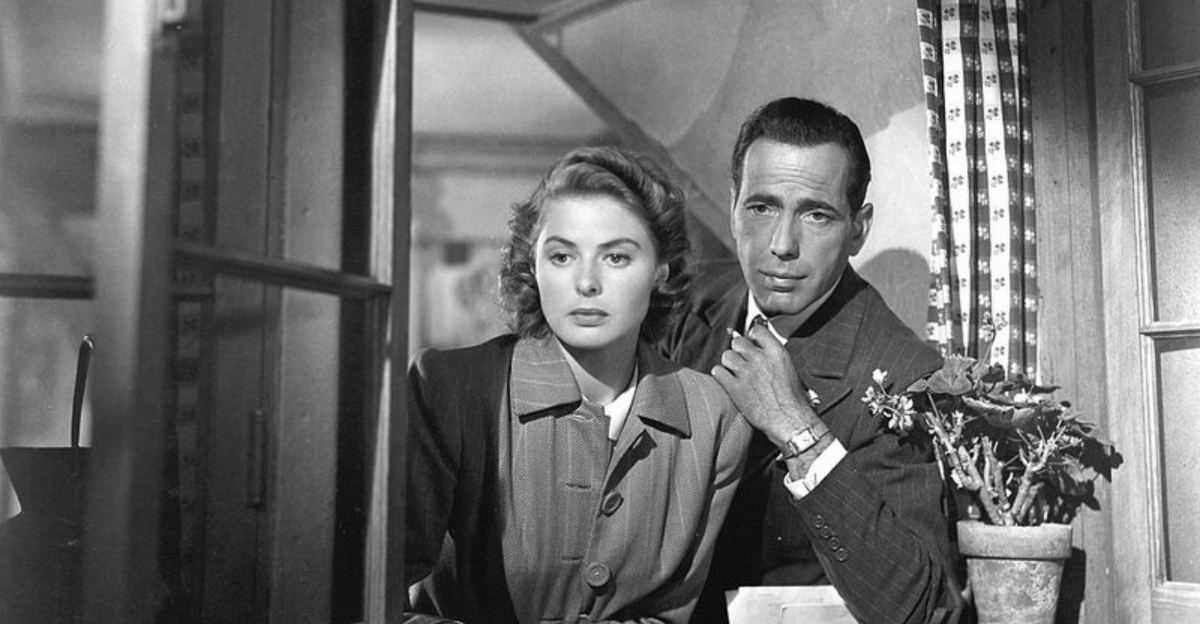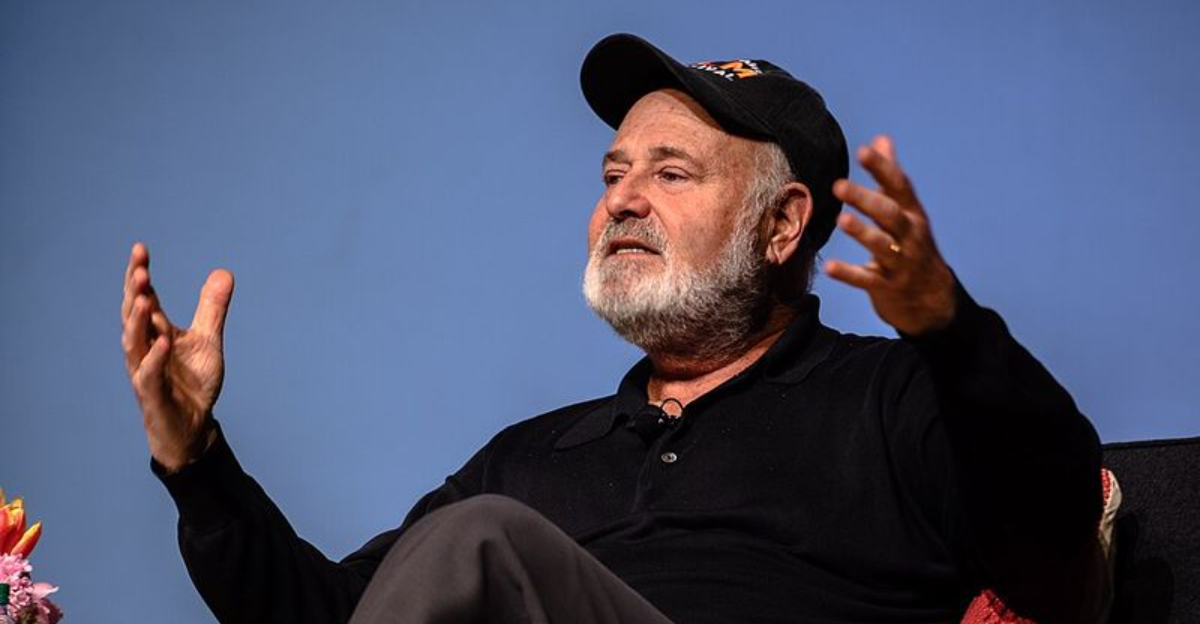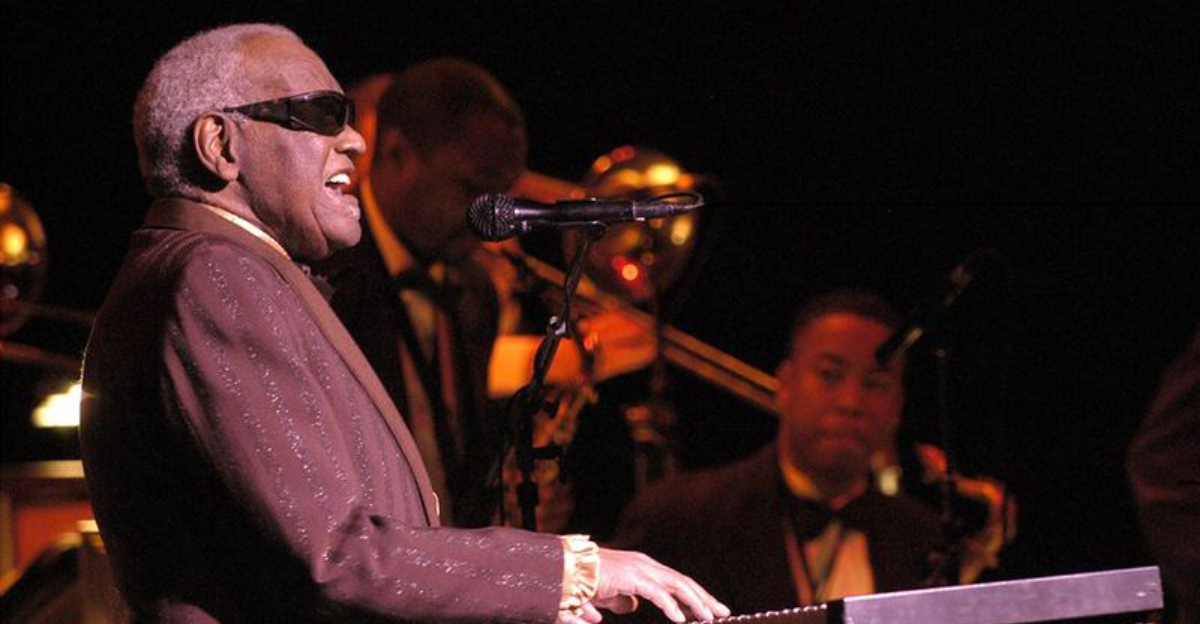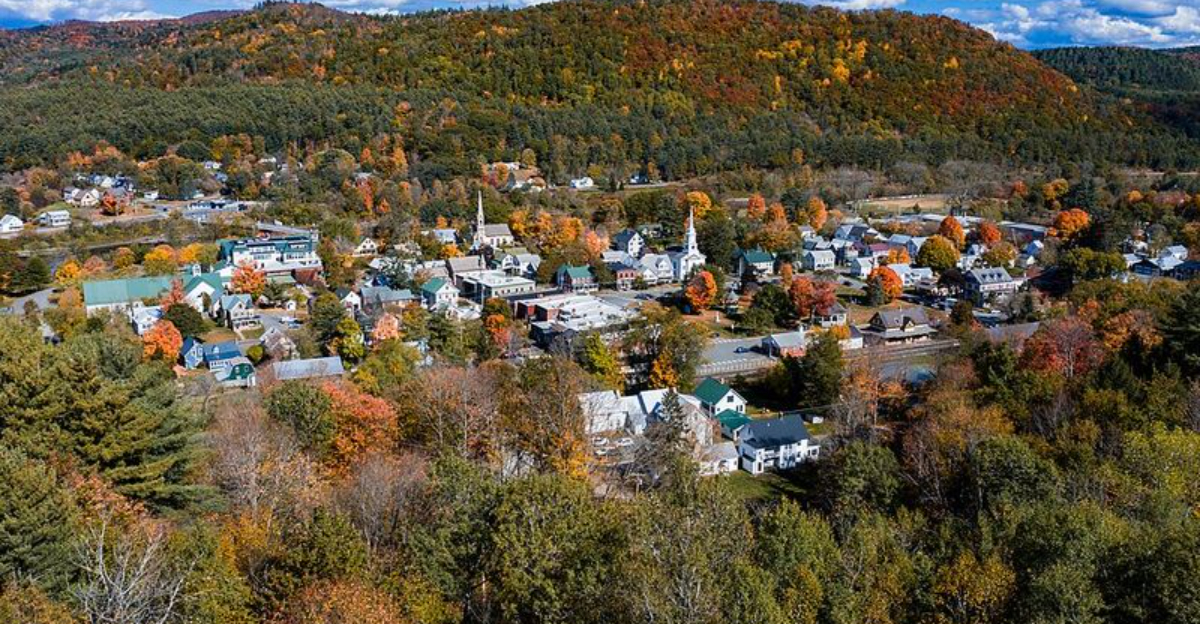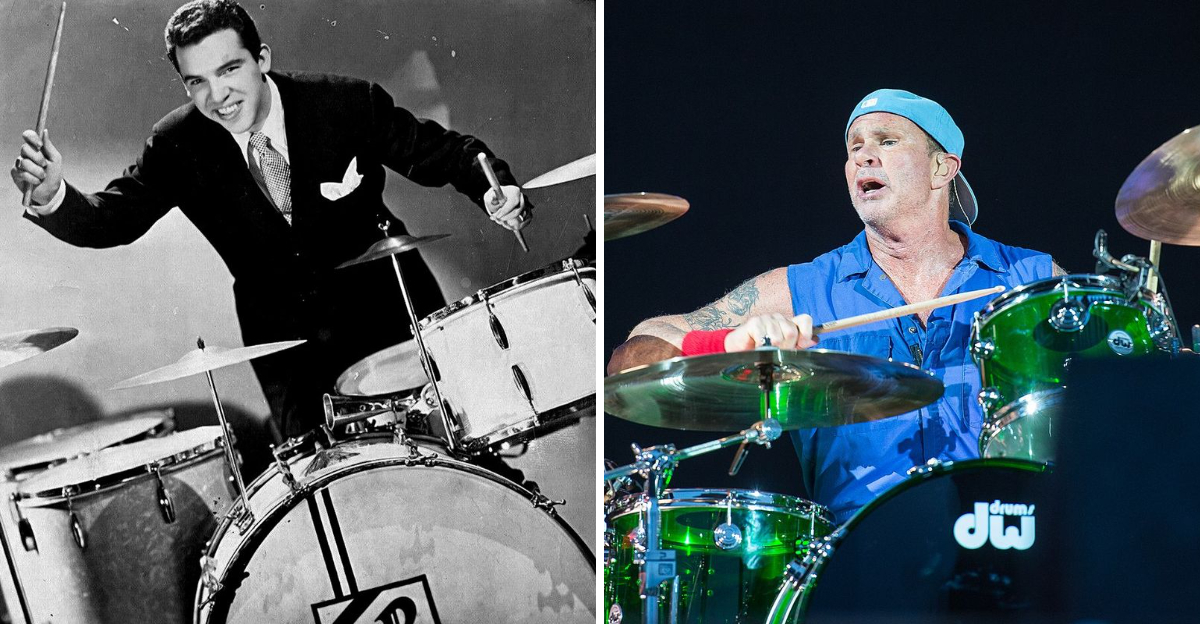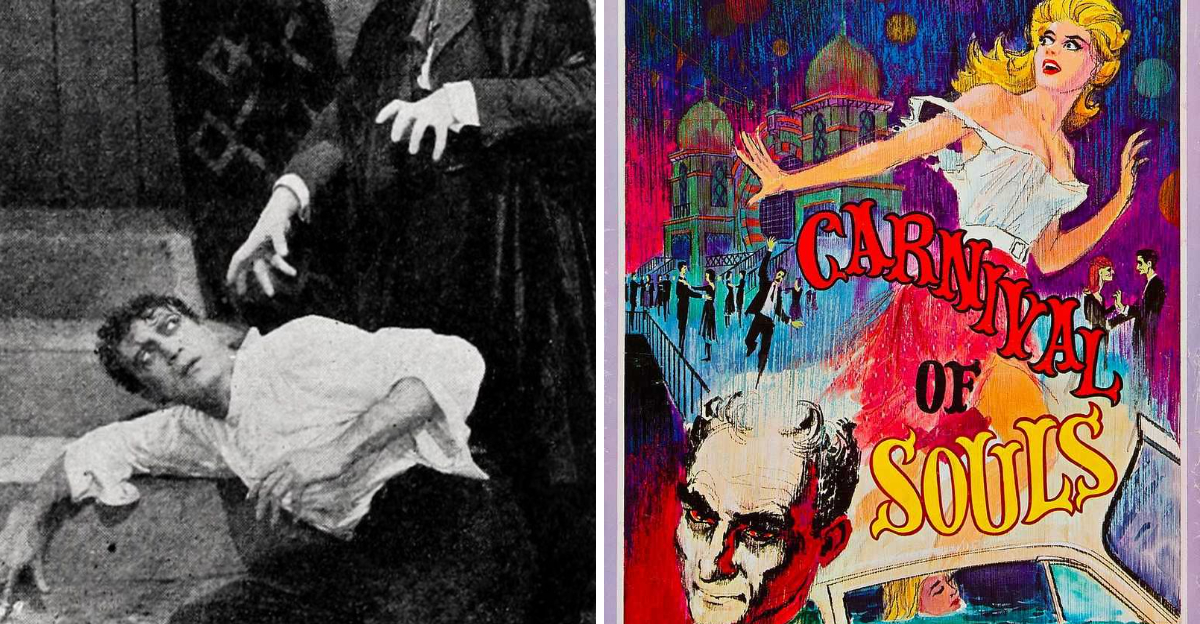20 Iconic Western Film Stars Who Defined The Golden Age Of Hollywood
Golden Age Hollywood gave audiences heroes who smelled of saddle leather and adventure, not cologne and glamour.
Cowboys, sheriffs, and outlaws galloped across movie screens, kicking up dust and shaping an entire generation’s idea of courage. Behind every squint and showdown lived stories of grit, justice, and wide-open skies.
Their legacy still rides on, echoing in every modern Western where honor, danger, and dusty boots meet under the sun.
Disclaimer: This article is intended for general informational and entertainment purposes only. While every effort has been made to ensure accuracy, interpretations of film roles and cultural impact may vary over time. Readers are encouraged to explore official studio records and film databases for further viewing or research on Hollywood’s Golden Age western legends.
20. John Wayne
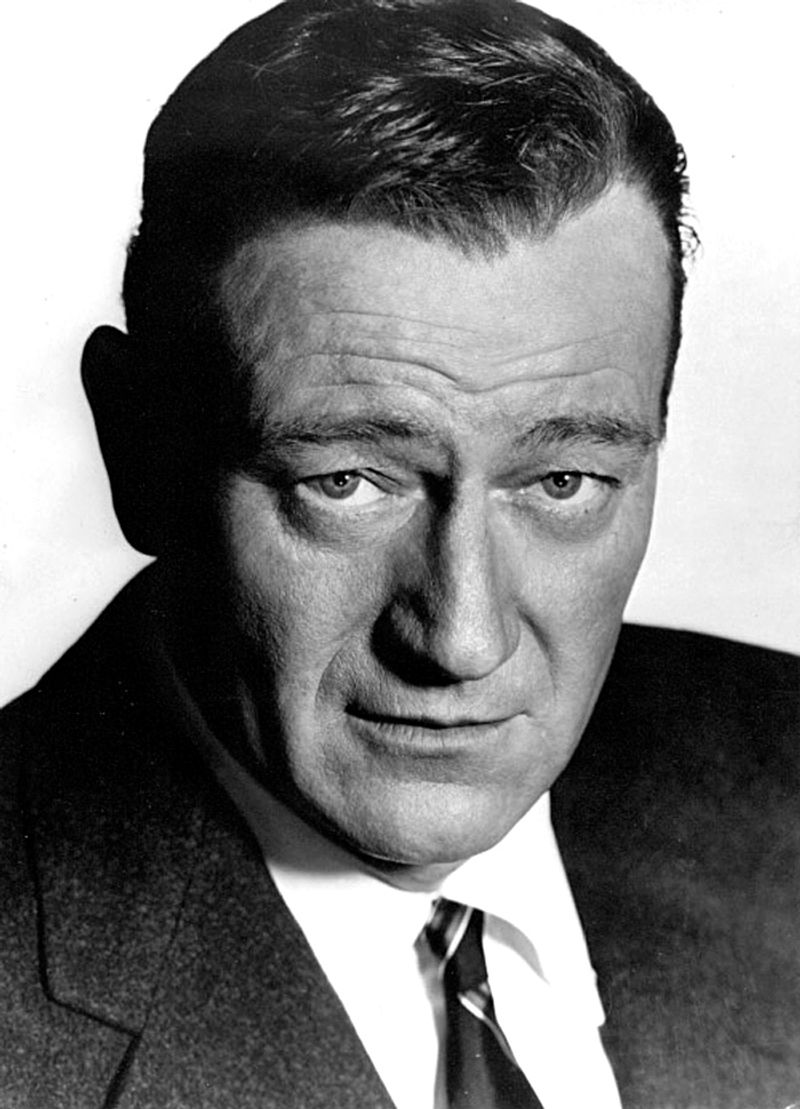
Known as “The Duke,” John Wayne became the face of American westerns for over five decades. His rugged persona and distinctive walk made him instantly recognizable worldwide.
Wayne starred in classics like Stagecoach, True Grit, and The Searchers, earning an Oscar for his role as Rooster Cogburn. His deep voice and tough-guy attitude defined what audiences expected from cowboy heroes, making him a cultural icon beyond cinema.
19. Clint Eastwood

With a squint that could stop a gunfight, Clint Eastwood revolutionized westerns with his “Man with No Name” character. His minimalist acting style brought a fresh, gritty realism to the genre.
Eastwood’s collaborations with director Sergio Leone created the spaghetti western phenomenon. Films like A Fistful of Dollars and The Good, the Bad and the Ugly showcased his cool demeanor and made him an international superstar who later became a legendary director himself.
18. Gary Cooper
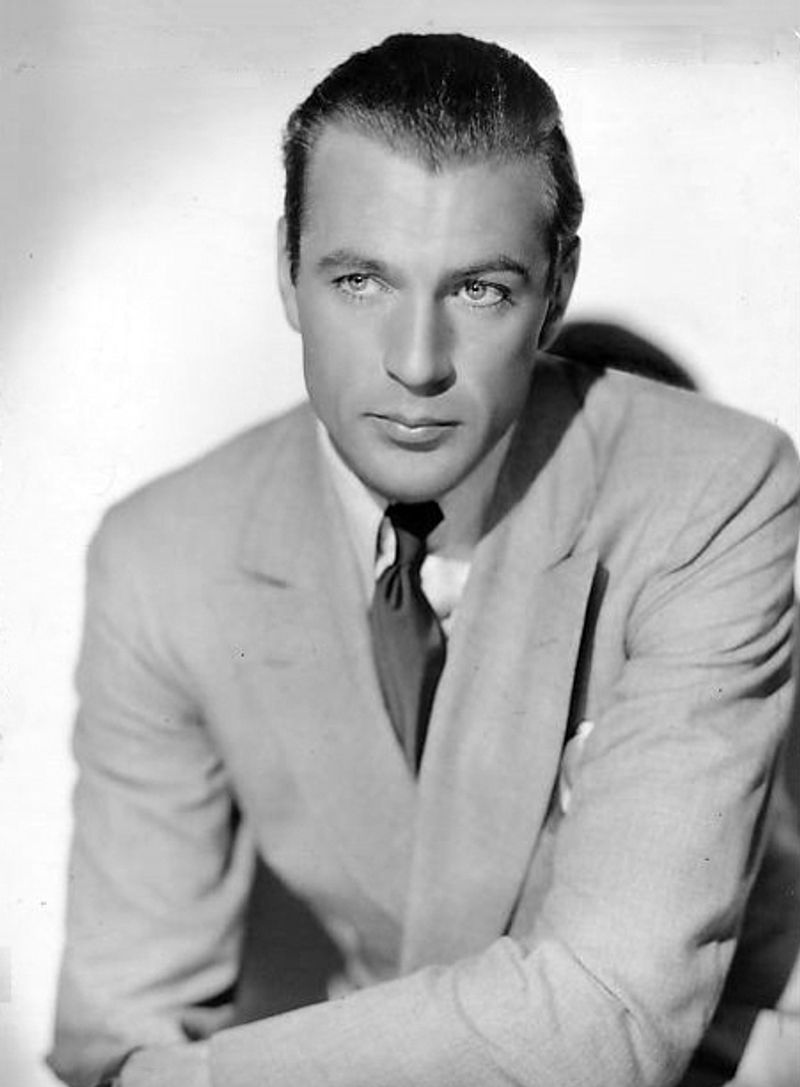
Gary Cooper embodied the strong, silent hero who stood up for what’s right, no matter the odds. His tall frame and honest face made him perfect for playing principled lawmen and cowboys.
Cooper won Oscars for both Sergeant York and High Noon, with the latter becoming one of cinema’s most influential westerns. His portrayal of Marshal Will Kane facing down outlaws alone remains a masterclass in understated courage and determination that still resonates today.
17. James Stewart
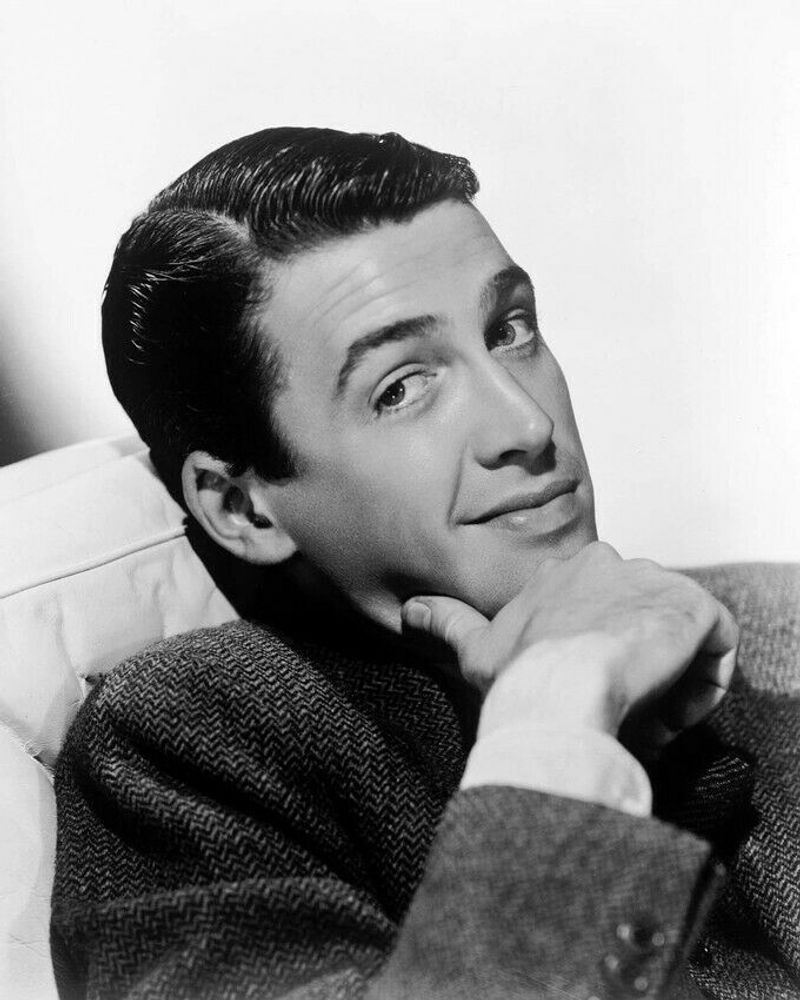
Though famous for playing everyday heroes, James Stewart brought complexity and vulnerability to his western roles. His collaborations with director Anthony Mann created psychologically rich frontier stories.
Stewart’s characters in films like Winchester ’73 and The Man Who Shot Liberty Valance showed cowboys with doubts and moral struggles. His everyman quality made audiences connect deeply with stories about survival, revenge, and redemption in the Old West, adding emotional depth to action-packed adventures.
16. Henry Fonda
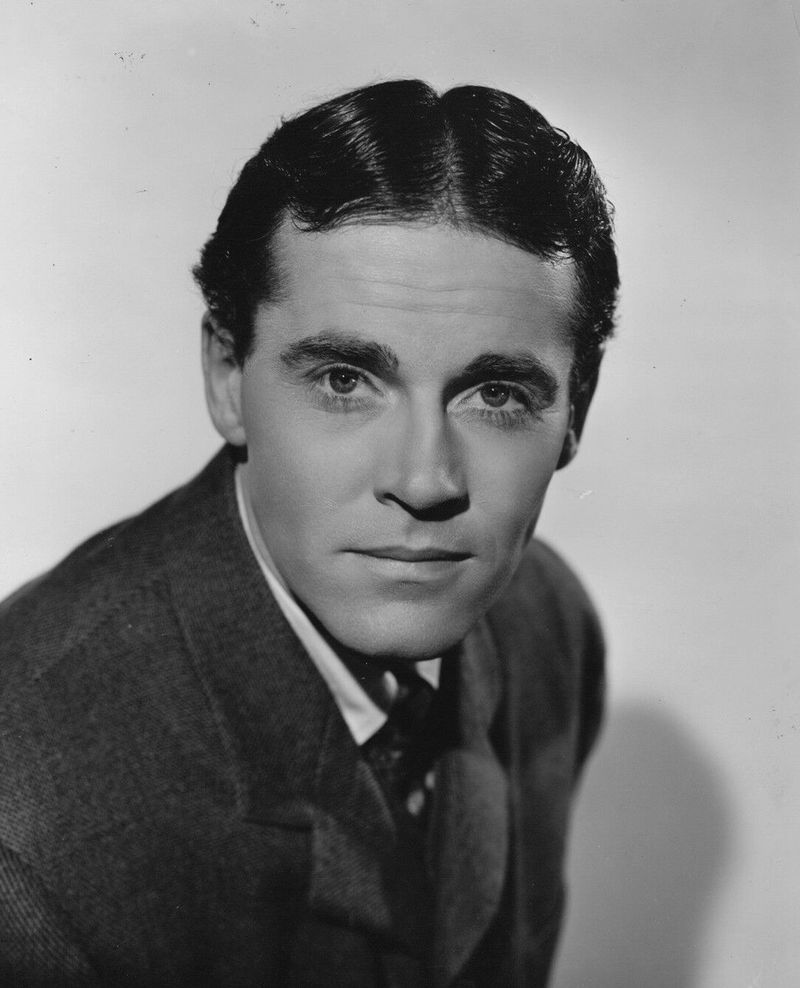
Henry Fonda’s lean build and piercing blue eyes made him unforgettable as both heroes and villains in westerns. His versatility allowed him to play complex characters with hidden depths.
Fonda starred in classics like My Darling Clementine as Wyatt Earp and shocked audiences by playing a cold-blooded killer in Once Upon a Time in the West. His ability to convey intelligence and intensity made every role memorable, proving cowboys could be thoughtful and dangerous simultaneously.
15. Randolph Scott
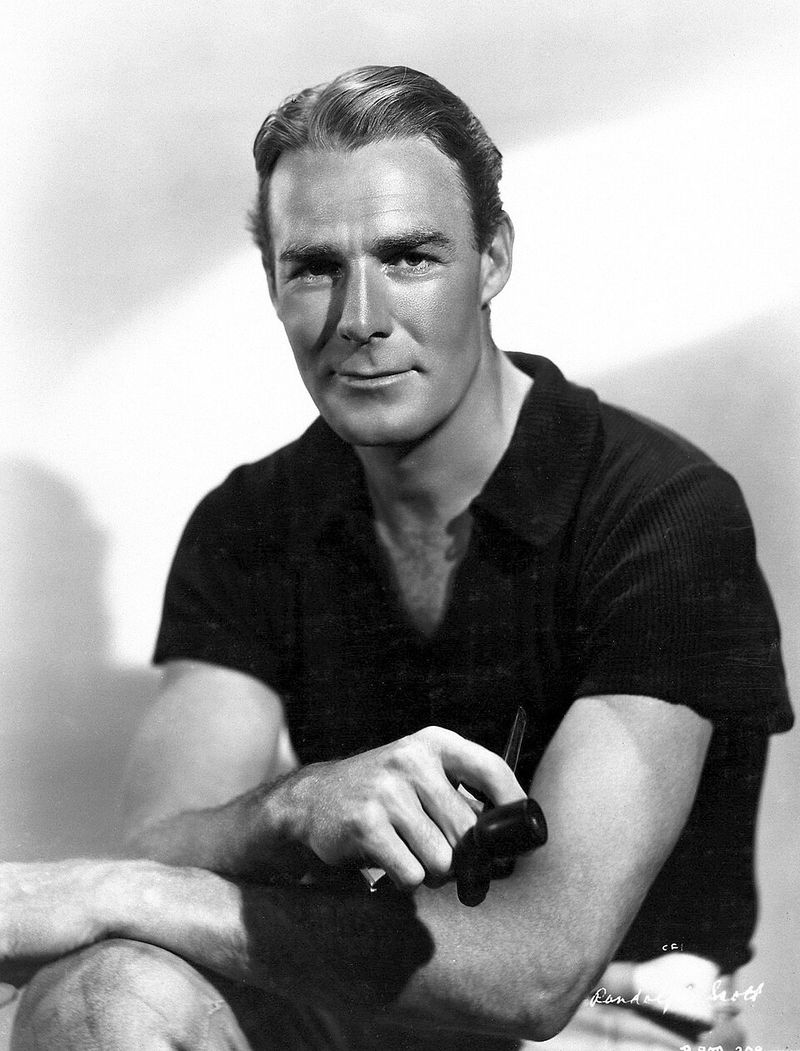
Randolph Scott practically lived in the saddle, appearing in over sixty westerns throughout his career. His dignified bearing and natural horsemanship made him a favorite among fans who loved traditional cowboy stories.
Scott specialized in playing honorable men facing tough choices in a lawless land. His later collaborations with director Budd Boetticher produced lean, intelligent westerns that critics now consider masterpieces, proving that B-movies could have A-level artistry and storytelling depth.
14. Joel McCrea
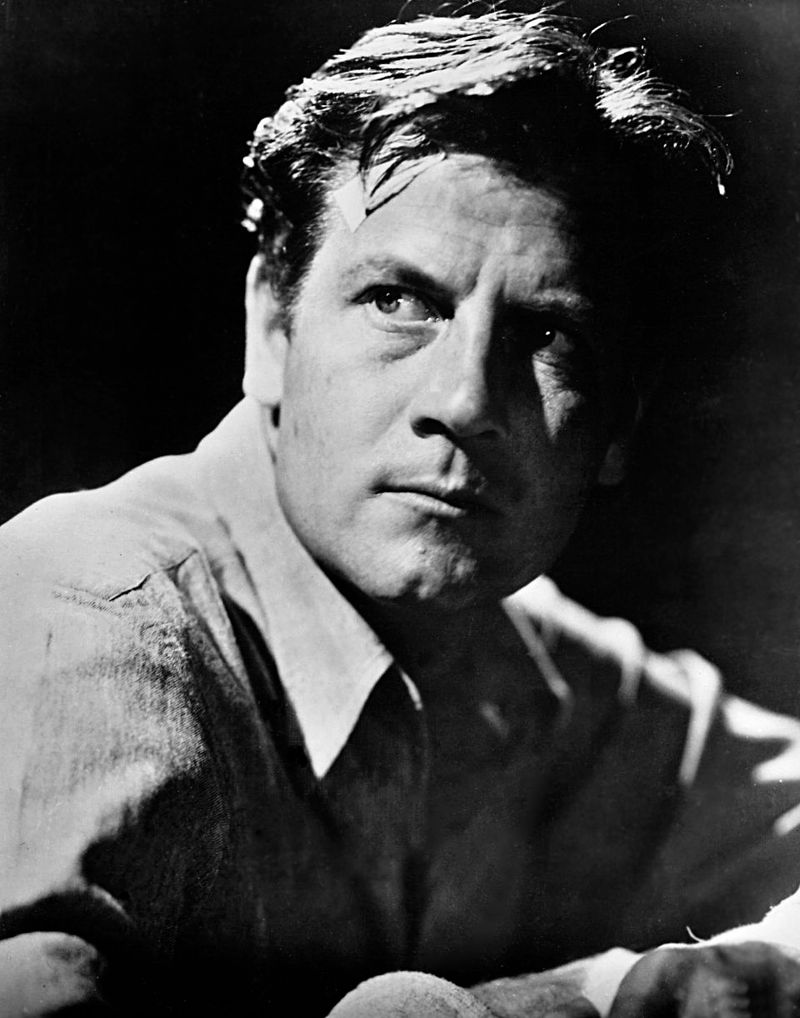
Joel McCrea was a real-life rancher who brought authentic cowboy knowledge to his film roles. His genuine love for the West shone through in every performance, making his characters believable and relatable.
McCrea starred in classics like Ride the High Country and Buffalo Bill, often playing aging gunfighters reflecting on their violent pasts. His easygoing charm and natural acting style made him a reliable leading man who audiences trusted to deliver honest, heartfelt performances in frontier tales.
13. Alan Ladd
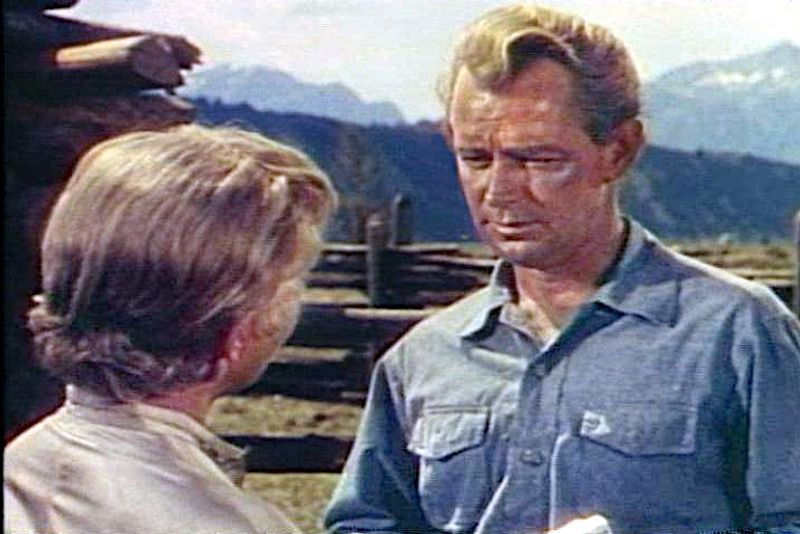
Despite his shorter stature, Alan Ladd projected incredible toughness and cool confidence on screen. His mysterious persona made him perfect for playing enigmatic drifters with hidden pasts.
Ladd achieved western immortality as the title character in Shane, one of the genre’s most beloved films. His portrayal of the gunfighter trying to leave violence behind touched hearts worldwide, and his final ride into the mountains remains one of cinema’s most iconic and emotionally powerful endings ever filmed.
12. Audie Murphy
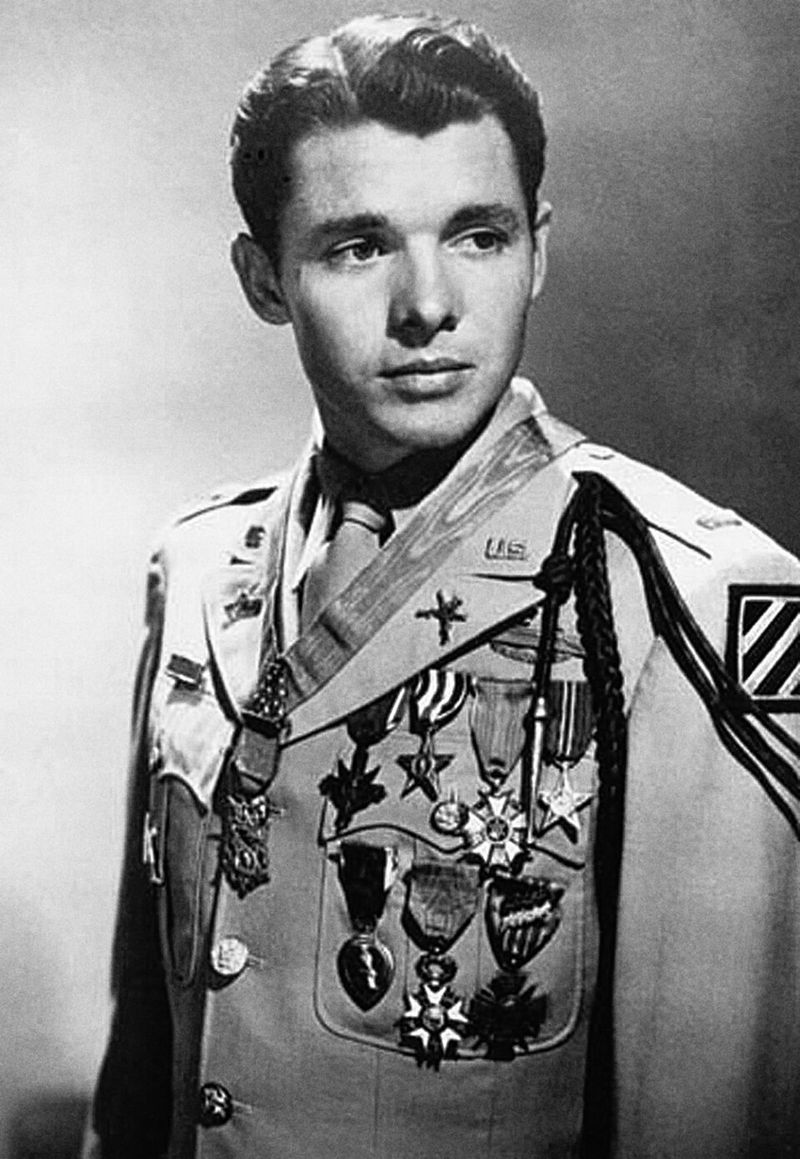
Before becoming a western star, Audie Murphy was America’s most decorated World War II soldier. His real-life heroism added authenticity to his portrayals of brave frontiersmen and lawmen.
Murphy’s boyish face and small frame contrasted with his tough screen presence, creating fascinating characters. He starred in films like Destry and No Name on the Bullet, bringing genuine combat experience to action scenes that made his westerns feel more realistic and grounded than many contemporaries.
11. Yul Brynner
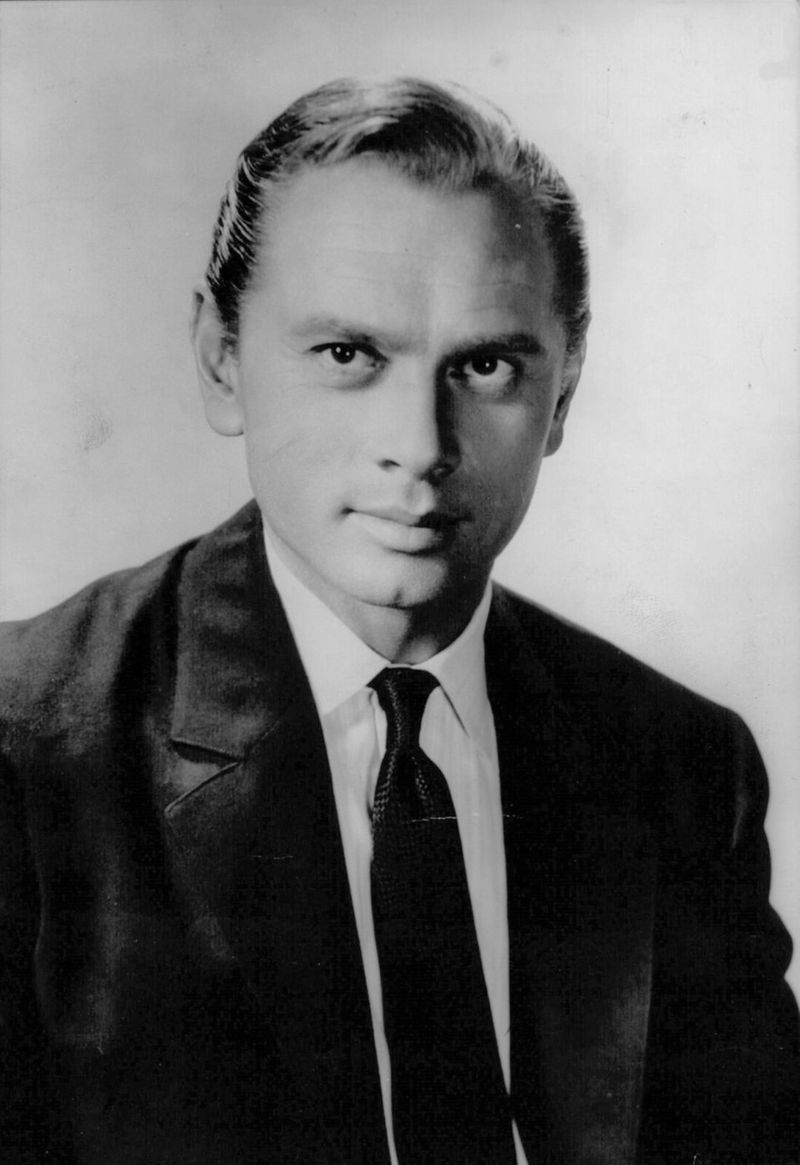
Yul Brynner’s distinctive bald head and intense stare made him stand out in any western lineup. Born in Russia, he brought exotic flair to American frontier stories.
Brynner became a western icon as Chris Adams in The Magnificent Seven, leading a group of gunslingers defending Mexican villagers. His commanding presence and theatrical background gave his cowboy roles a larger-than-life quality that made audiences believe he could face any danger with unshakeable confidence and strategic brilliance.
10. Charles Bronson
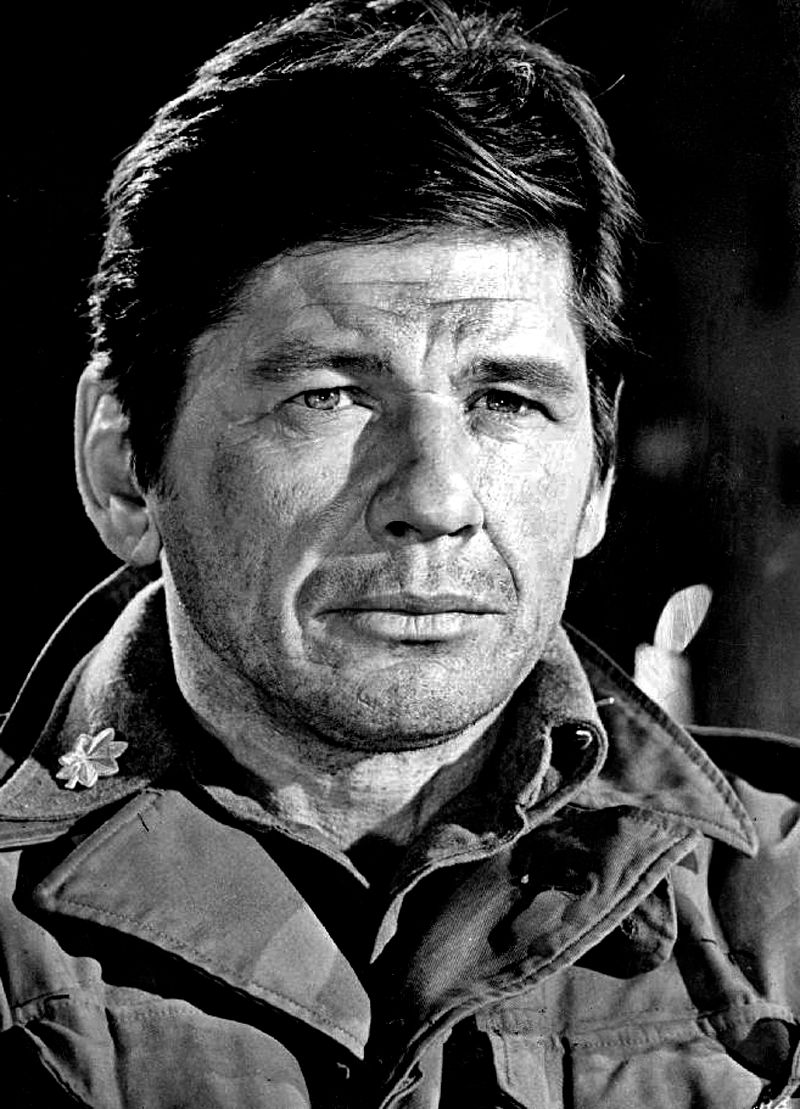
Charles Bronson’s weathered face and powerful build made him perfect for playing hardened gunfighters and outlaws. His quiet intensity suggested violence simmering just beneath the surface.
Though he became a bigger star later, Bronson’s western work in films like The Magnificent Seven and Once Upon a Time in the West showcased his magnetic screen presence. His characters rarely wasted words, letting actions speak louder than dialogue, which made every moment he appeared feel dangerous and unpredictable.
9. Lee Van Cleef
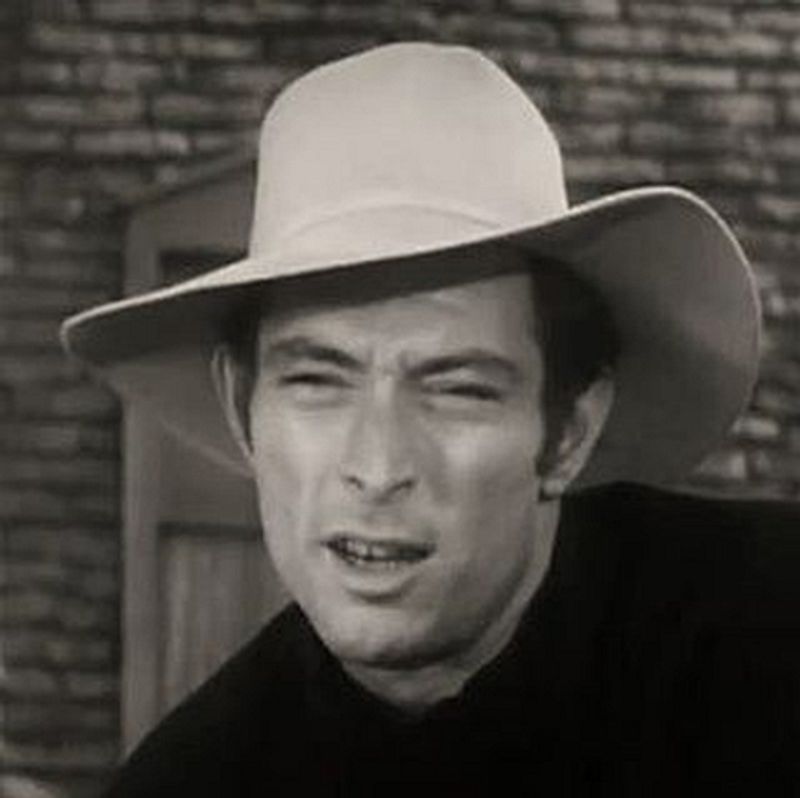
Lee Van Cleef’s hawk-like features and piercing eyes made him the perfect western villain before becoming a hero. His angular face seemed carved from the same stone as western landscapes.
After years playing bad guys, Van Cleef found stardom in spaghetti westerns like For a Few Dollars More and The Good, the Bad and the Ugly. His transformation into a leading man proved that distinctive looks and talent could overcome Hollywood’s narrow beauty standards, inspiring character actors everywhere.
8. Steve McQueen

Steve McQueen brought rebellious energy and modern sensibility to traditional western stories. His cool demeanor and anti-establishment attitude resonated with younger audiences seeking fresh heroes.
McQueen’s role in The Magnificent Seven showcased his trademark swagger, while his TV series Wanted: Dead or Alive made him a household name. His ability to make even standing still look exciting helped bridge the gap between classic westerns and the grittier films that would dominate the genre’s later years.
7. Paul Newman
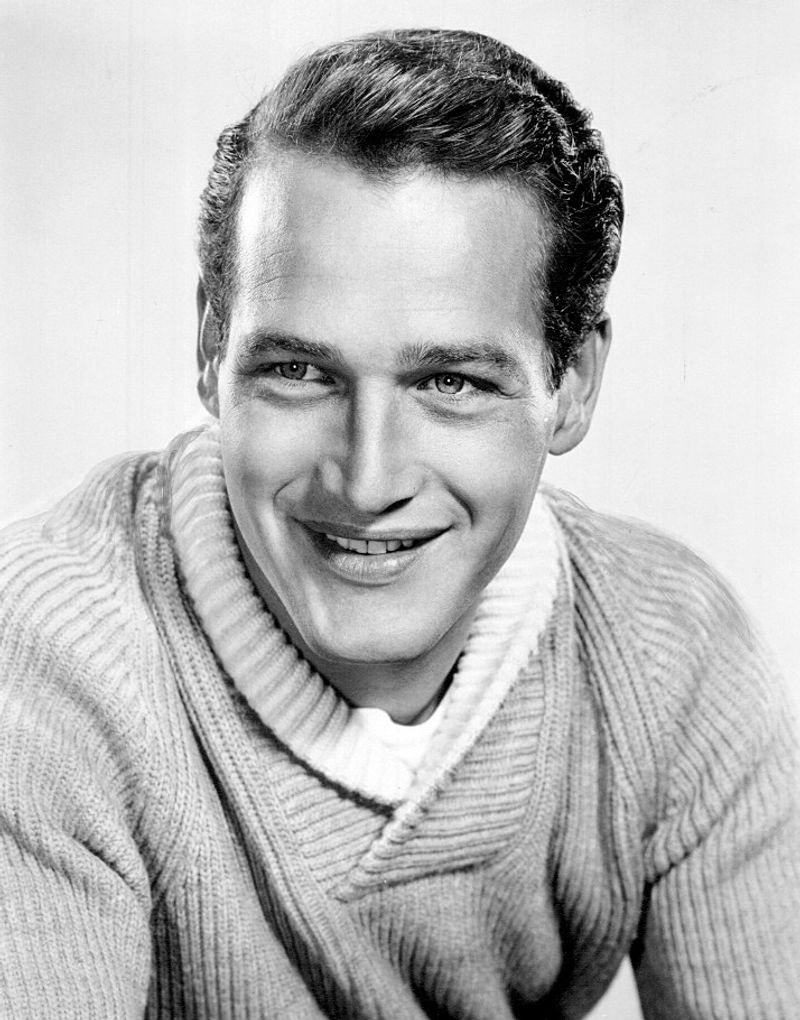
Paul Newman’s striking blue eyes and charismatic smile made him a natural leading man in any genre. His intelligence and humor brought sophistication to cowboy roles.
Newman starred in westerns like Hud, Butch Cassidy and the Sundance Kid, and The Left Handed Gun, often playing flawed anti-heroes rather than traditional white-hat heroes. His performances added psychological complexity and modern sensibilities to frontier stories, helping westerns evolve beyond simple good-versus-evil tales into nuanced character studies.
6. Gregory Peck

Gregory Peck’s commanding presence and deep voice made him ideal for playing authority figures and moral leaders. His dignified bearing suggested wisdom earned through hard experience.
Peck starred in classics like The Gunfighter and Duel in the Sun, bringing gravitas to every role. His portrayal of aging gunslinger Jimmy Ringo showed the psychological toll of violence, while his work in epic westerns demonstrated his ability to carry large-scale productions with quiet strength and undeniable screen magnetism.
5. Kirk Douglas
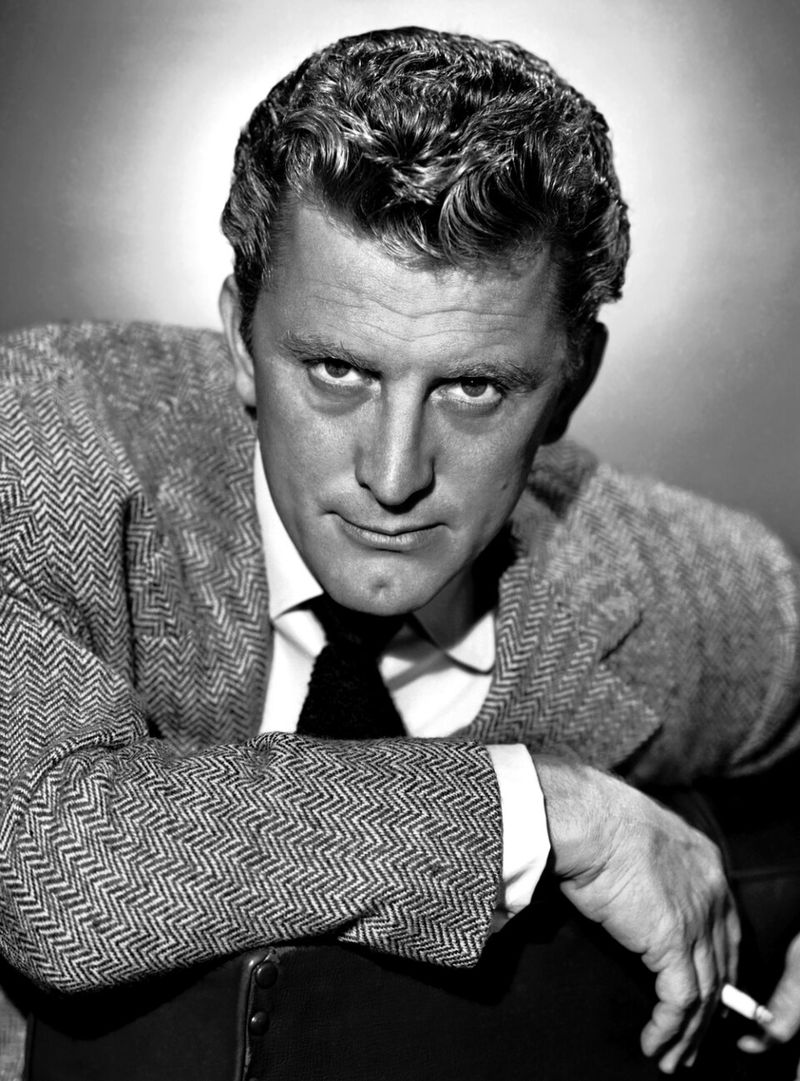
Kirk Douglas’s famous cleft chin and explosive energy made him unforgettable in westerns. His intense acting style brought volcanic passion to frontier stories.
Douglas excelled in films like Gunfight at the O.K. Corral and Lonely Are the Brave, often playing obsessive characters driven by personal codes. His physical commitment to roles and willingness to show characters’ darker sides added depth to westerns, proving cowboys could be complicated men struggling with inner demons and external threats simultaneously.
4. Burt Lancaster
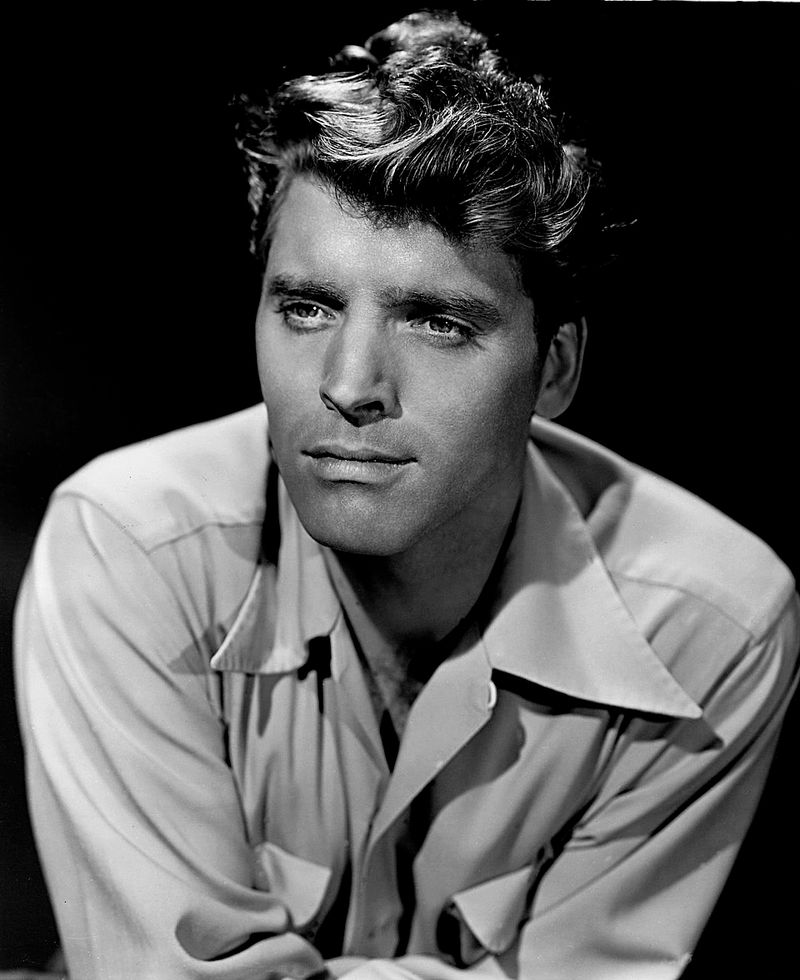
Burt Lancaster’s athletic background and dazzling smile made him a dynamic western star. His acrobatic skills and physical grace brought balletic quality to action sequences.
Lancaster starred in classics like Vera Cruz and Gunfight at the O.K. Corral, often playing charming rogues with questionable morals. His partnership with Kirk Douglas created memorable screen chemistry, while his intelligence and business savvy helped him become a producer who championed more complex, adult-oriented westerns that challenged genre conventions.
3. Roy Rogers
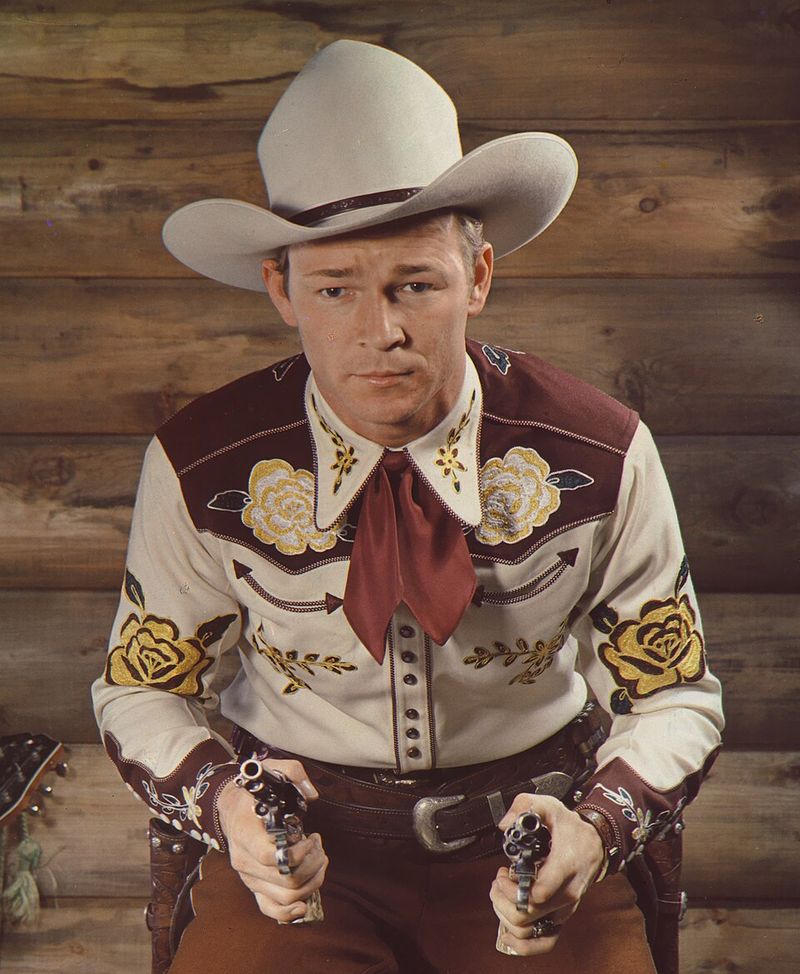
Roy Rogers, the “King of the Cowboys,” brought wholesome entertainment to western films. His musical talents and friendly demeanor made him beloved by family audiences everywhere.
Rogers starred in over one hundred films and his own television series, always accompanied by his horse Trigger and wife Dale Evans. His singing cowboy persona combined action with musical numbers, creating a unique style that influenced generations. Rogers represented old-fashioned values and clean-cut heroism that parents trusted and children adored.
2. Gene Autry

Gene Autry pioneered the singing cowboy genre, blending western action with country music performances. His warm voice and guitar skills made him a multimedia superstar.
Autry’s films and radio shows reached millions, and he created the Cowboy Code promoting honesty and kindness. Beyond entertainment, he became a successful businessman and owned the California Angels baseball team. His influence extended far beyond movies, shaping how Americans viewed cowboys as heroes who sang their feelings and always did right.
1. Glenn Ford
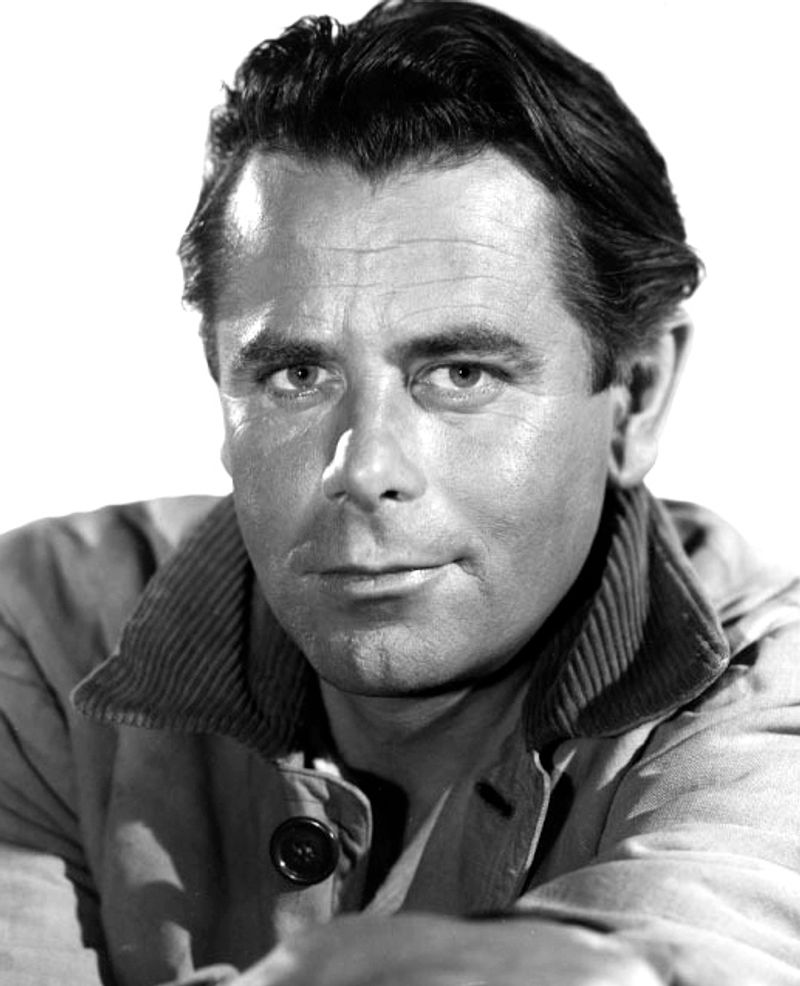
Glenn Ford’s understated acting style and everyman quality made him relatable in westerns. His versatility allowed him to play both heroes and morally ambiguous characters convincingly.
Ford starred in classics like 3:10 to Yuma and The Fastest Gun Alive, bringing psychological realism to his roles. His ability to convey inner conflict through subtle expressions made his characters feel three-dimensional. Ford’s westerns often explored themes of courage, redemption, and the cost of violence in thoughtful ways.

